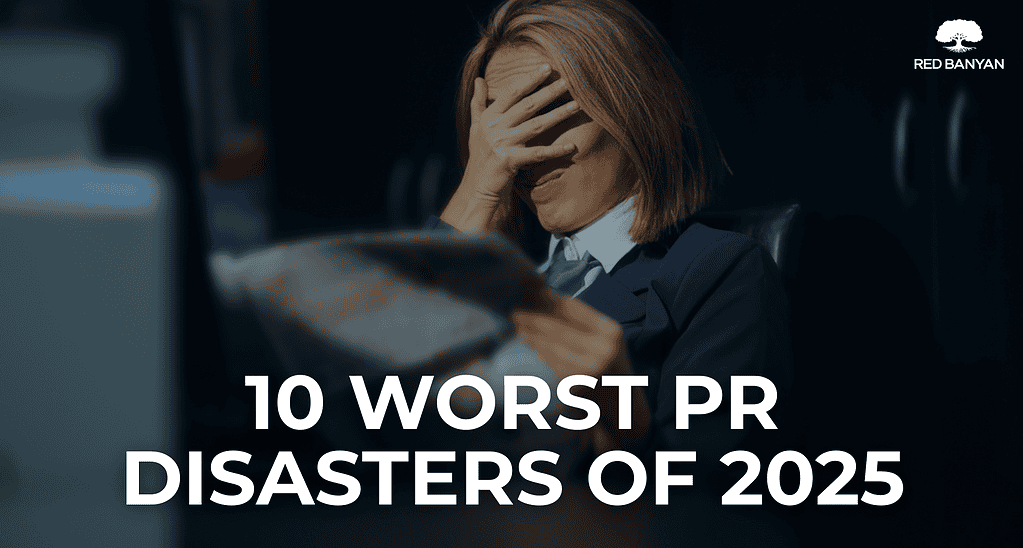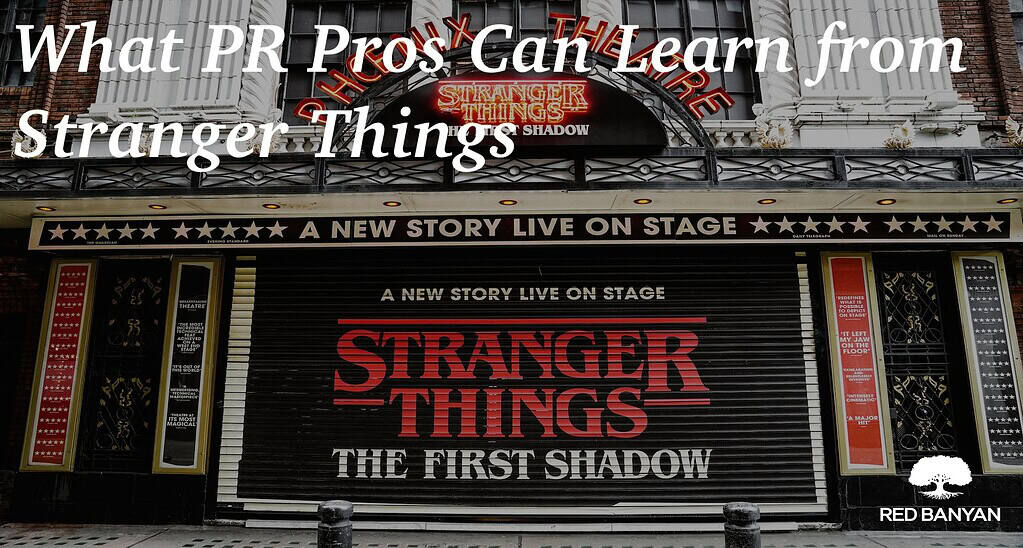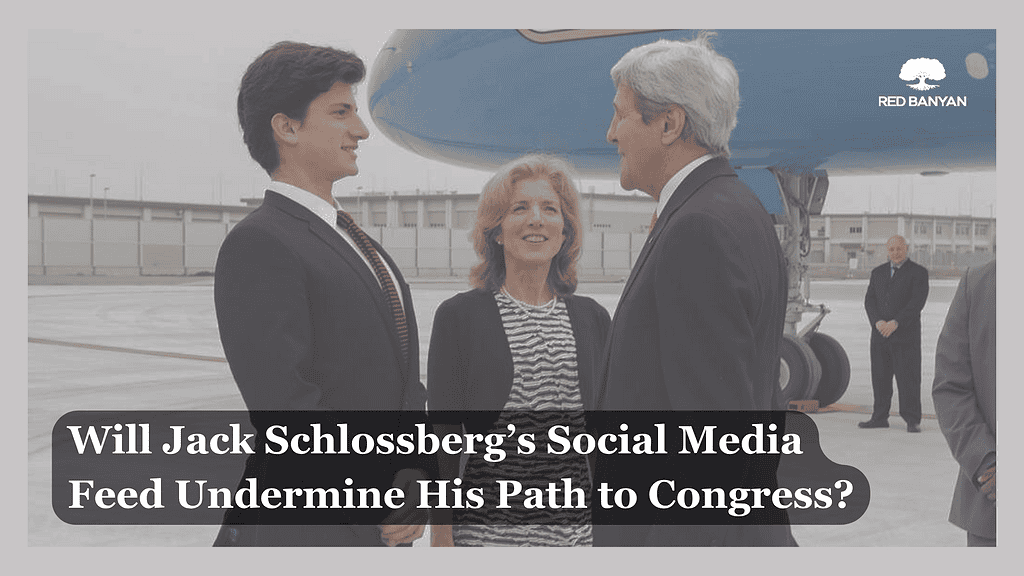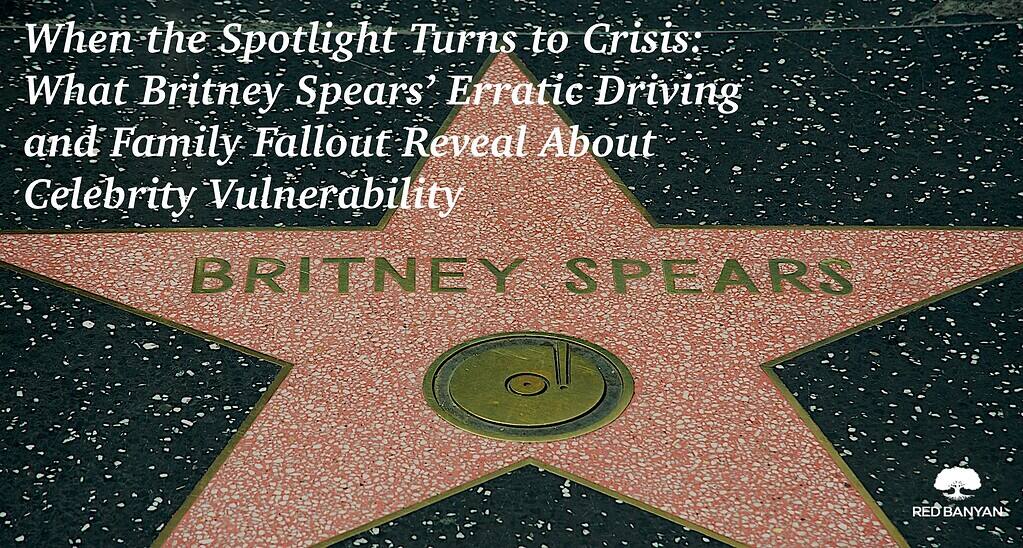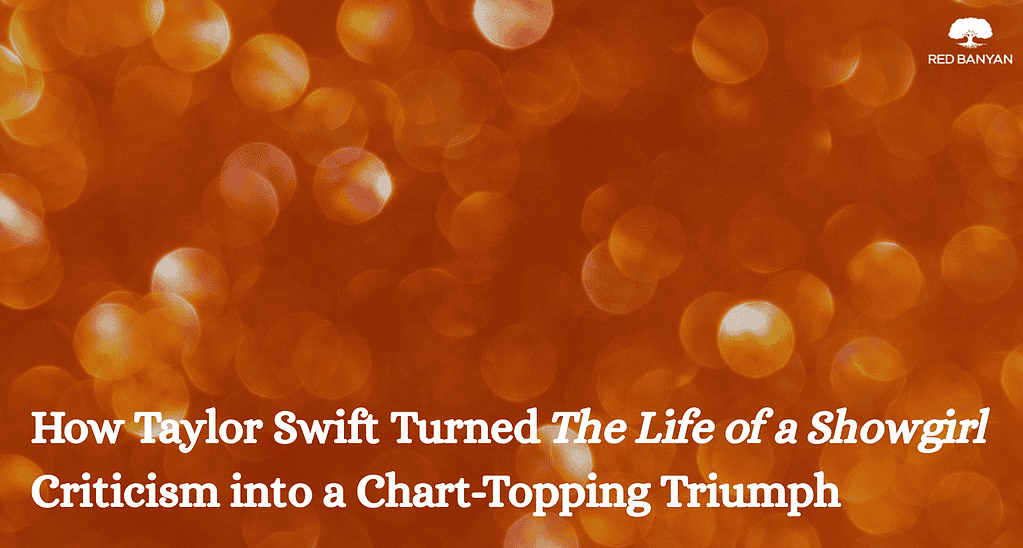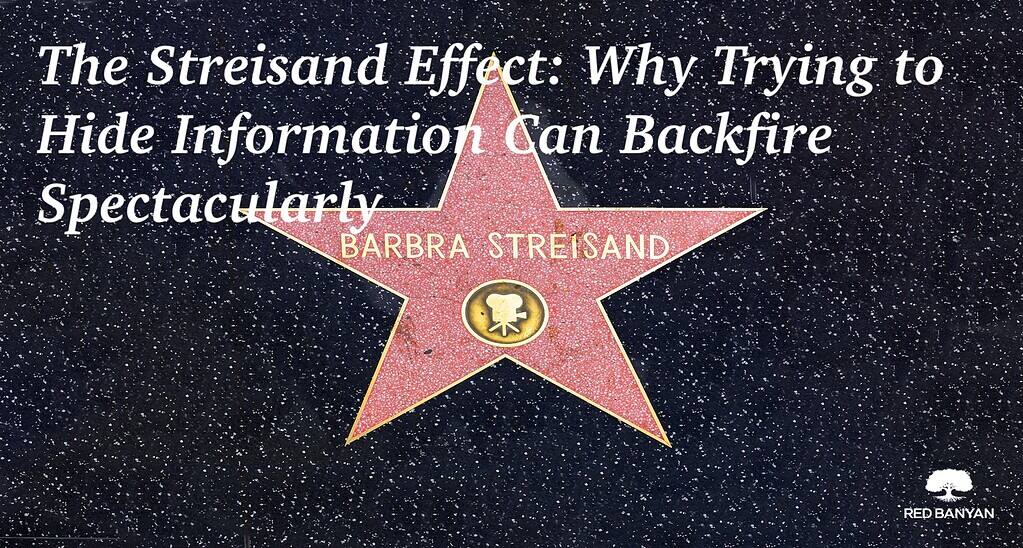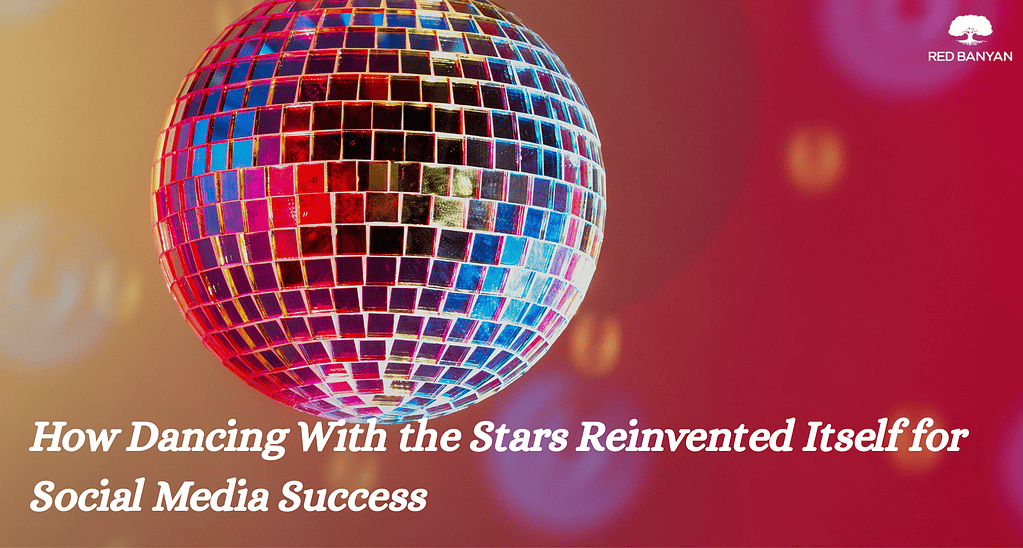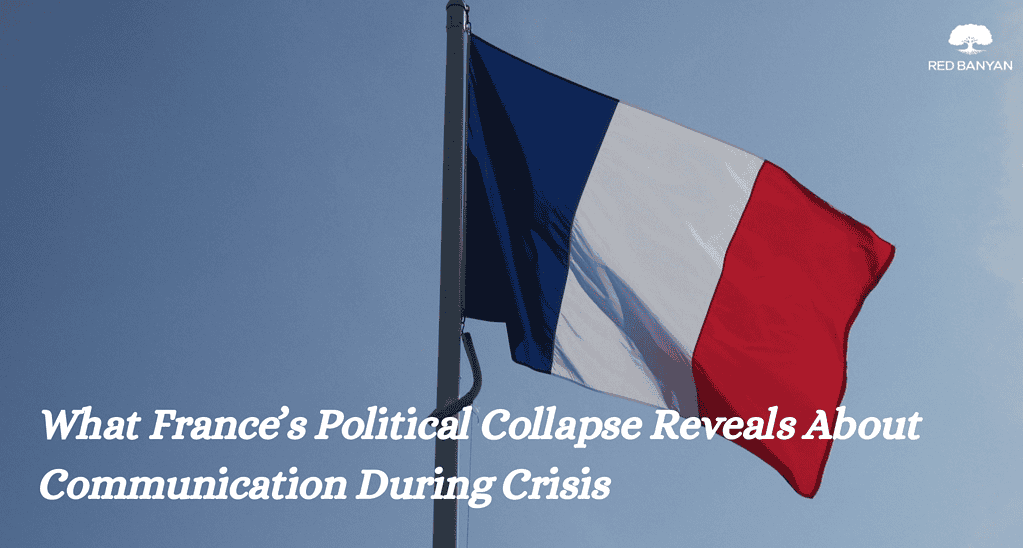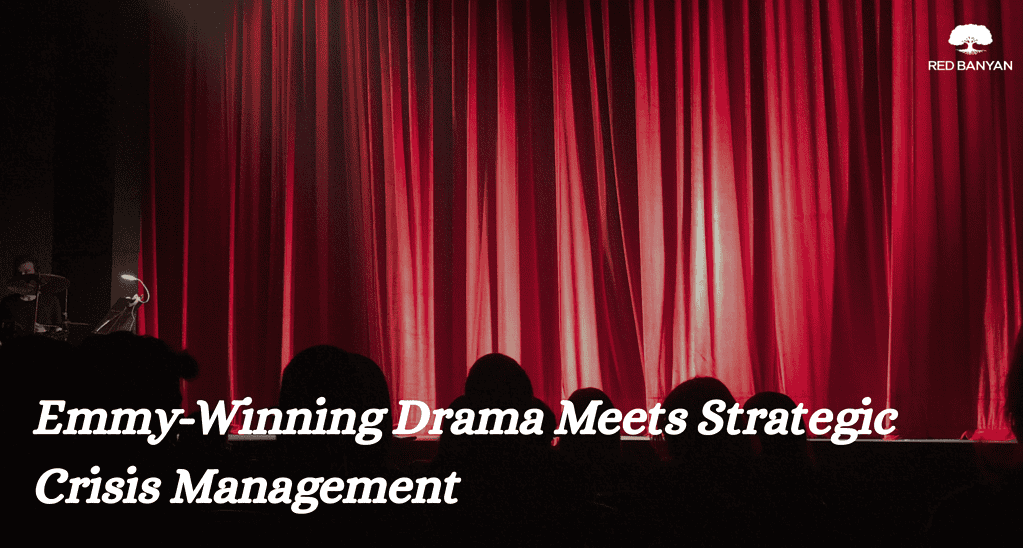Hollywood legend Robert Redford passed away today, September 16, 2025, at the age of 89 at his home in Utah, leaving behind an impressive cinematic legacy. While his portrayal of Washington Post reporter Bob Woodward in All the President’s Men immortalized investigative journalism, Redford’s true impact on truth-telling came through his lifelong activism and his creation of the Sundance Film Festival—a platform that launched countless filmmakers and activists who continue reshaping how we understand and communicate truth.
As trust in traditional media declines and misinformation continues to spread, Redford’s death arrives when his core principle—that authentic storytelling can drive social change—has never been more relevant for communications professionals navigating a fractured information landscape.
Beyond the Reporter’s Notebook
Released in 1976, All the President’s Men established Redford as journalism’s cinematic champion. But unlike the character he portrayed, Redford wasn’t content to simply observe, he became an architect of change. His environmental activism, political advocacy, and most notably, his founding of the Sundance Institute in 1981, revealed his deeper understanding: that truth emerges not just from newsrooms, but from diverse voices telling authentic stories.
Under Redford’s stewardship, the festival launched careers of filmmakers like Quentin Tarantino, Kevin Smith, and countless documentary makers who exposed everything from corporate malfeasance to social injustice.
The Sundance Model of Truth
Today’s media landscape bears the signs of institutional collapse. Trust in media has plummeted from 72% in 1976 to just 36% today. Local newspapers shutter at a rate of two per week. Yet Sundance’s approach offers a blueprint for rebuilding credibility in our current crisis:
- Platform Diverse Voices: While mainstream media homogenized, Sundance amplified marginalized perspectives. The festival’s independent films gave voice to communities that traditional media often overlooked.
- Champion Authentic Storytelling: Redford understood that audiences crave authenticity over polish. Sundance’s gritty, independent films often outperformed Hollywood blockbusters because they felt real in ways focus-grouped content couldn’t match.
- Build Long-term Credibility: Rather than chasing quick profits, Redford invested decades in building Sundance’s reputation as a trusted curator of meaningful content.
The Modern Information War
Where Woodward and Bernstein fought government secrecy, today’s truth-tellers face something more complex: a media ecosystem where information itself has become partisan territory. This isn’t just a journalism problem, though; it’s a communications crisis affecting every organization trying to build authentic stakeholder relationships.
What PR Professionals Can Learn from the Sundance Approach
Redford’s legacy offers communications professionals a roadmap for rebuilding trust through authentic storytelling:
- Curate, Don’t Just Create: Like Sundance’s selective programming, smart organizations become trusted curators of information. When audiences know your content has been carefully vetted for authenticity and relevance, your credibility becomes a competitive advantage.
- Platform Authentic Voices: Redford understood that the most powerful stories come from lived experience, not corporate boardrooms. Modern PR professionals should amplify genuine customer voices, employee perspectives, and community stories rather than relying solely on executive messaging.
- Invest in Long-term Relationships: Sundance took decades to build its reputation as a trusted cultural institution. Organizations that invest in consistent, transparent stakeholder engagement create foundations for effective crisis communication.
- Champion Substance Over Spectacle: While competitors chase viral moments, organizations following the Sundance model invest in meaningful content that builds lasting connections with audiences who value authenticity.
The Credibility Economy
Perhaps Redford’s most important lesson is understanding that credibility cannot be manufactured; it must be earned through consistent commitment to truth-telling. In 1976, institutional credibility was assumed. Today, skepticism is the starting point.
This shift requires communications professionals to think like Redford did: as long-term builders of platforms for authentic voices rather than short-term message managers. This means partnering with credible storytellers, investing in fact-based narratives, and supporting quality journalism through expert access and information sharing.
The Road Ahead
As we mourn Robert Redford’s passing, his legacy extends far beyond his Woodward portrayal. Through Sundance, he proved that authentic storytelling could thrive outside traditional institutional frameworks. He showed that truth-telling isn’t just journalism’s responsibility, it belongs to anyone committed to amplifying authentic voices and meaningful stories.
For communications professionals, today’s fractured information environment presents a choice: pursue short-term advantage by exploiting division or invest in platforms that elevate authentic storytelling and serve the public good. As Robert Redford reminded us, democracy depends not only on asking hard questions, but on making space for genuine voices to be heard.


